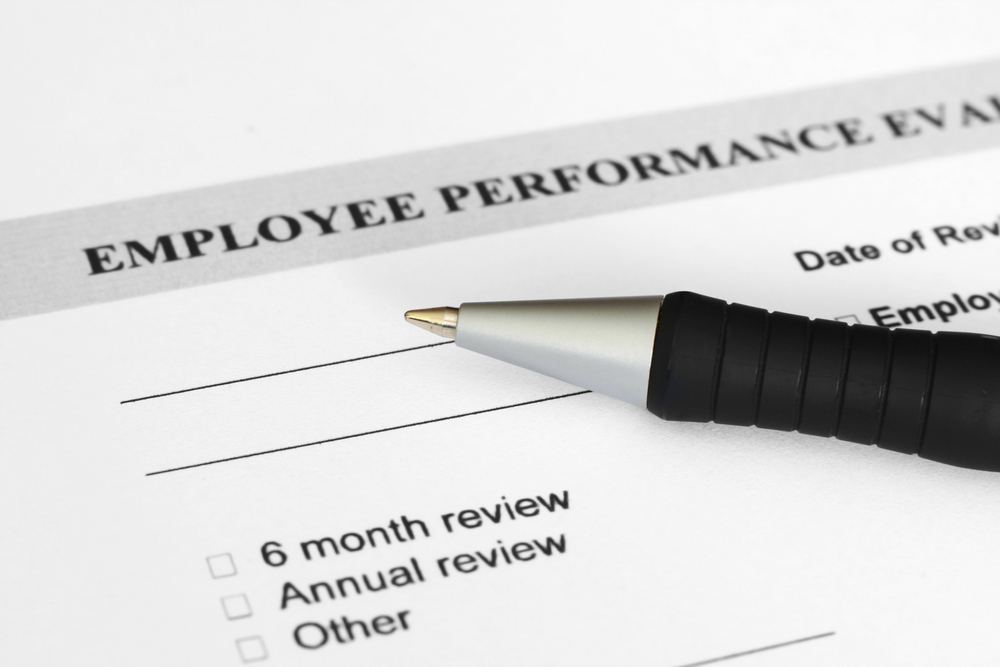With any business, the aim is to grow and develop into an industry-leading company. While this is appealing on paper, it does come with many difficulties, especially for HR.
How do you cope with an influx of staff, does your office become too small, or relationships become strained?
Here’s a guide on how to handle the HR process with the expansion of your business.
Recruitment
With the success of a company comes the need for more staff and it can be seen as a key milestone in a business’ development.
But it is necessary to have a clear recruitment strategy such as recognising how many people you need and have the budget to employ. Make sure to utilise social media when advertising – websites like LinkedIn and Twitter are great platforms to reach a wide audience. If you are happy to train new staff it can be a good idea to approach universities as another method of recruitment.
Having a streamlined recruitment process will make the HR side of your business much more straightforward. Set out a plan that follows the simple steps of advertorial, interview selection, and hiring.
Despite the need for more staff quickly in an expanding business, ensure they are right for the role before hiring them to help reduce staff turnover. At the interview stage it is a good idea to determine if they are after something long-term. Hiring for the short-term should be avoided, as it will cost you money in the long run.
Training
Training staff to the correct level is necessary for a business to continue its success, so ensure you identify key skills in your staff and ensure they receive further training to nurture and improve these qualities.
See also: Five ways to support staff training and learning at work
A blanket training scheme for all new starters can help everyone work at the same level, plus training is a good way to look at the KPIs of your staff. After identifying the strengths of your team you can put them to use.
However, if you intend to look after HR matters in-house then it helps to have HR templates to make your job a little easier; have contracts printed that set out what is expected of them with their salary, contracted hours and so on, as well as annual leave forms for when employees want to take holiday.
It helps to have these printed ready, as some parts of the year will be busy for those wanting to jet off somewhere sunny.
Look for new premises
Looking for a new office to accommodate your growing business can be a daunting task but necessary if you have an influx of new staff. Make use of your contacts to find the perfect office space. It can be a slow process but getting help from professionals can put you on the right path.
Alternatively, talk to other business owners who experienced similar growth to get some insider tips on looking for new premises or taking on more staff. It could even be helpful to seek advice from an estate agent when looking for a new office space as they’ll be able to hone in on your criteria and speed up your search.
Maintain relationships
When experiencing the growth of a business from small-scale to a larger team, it can mean there is a strain on relationships so having a clear idea of how you want to manage your new and old staff can be helpful. Make sure to maintain the relationship you had with your employees when you were a smaller team.
These are the people who will have the greatest emotional investment in your business and these relationships need to be nurtured should the business expand.
Use the opportunity to get existing employees working with the new ones to bring out leadership skills but also keep the small business feel. Having a working HR process can go a long way in reducing staff turnover, as does listening to worries and queries from staff.
Redistribute key roles
Use the growth of your company to promote hard-working individuals and find a new group dynamic. Look at the performance of your new staff and assess where more, or specialised, training is needed for some members of your team.
Your HR team should spend time finding the right people the correct role to help the team to work in the most efficient way. Be clear about what you need from your employees for them to be successful and for the business to also be.
It is an expensive process to advertise, hire and train a new employee and if they leave within a few months it could cost your company a huge amount of time and money.
Gideon Schulman is HR director at Pytronot, a payroll and human resources service.





